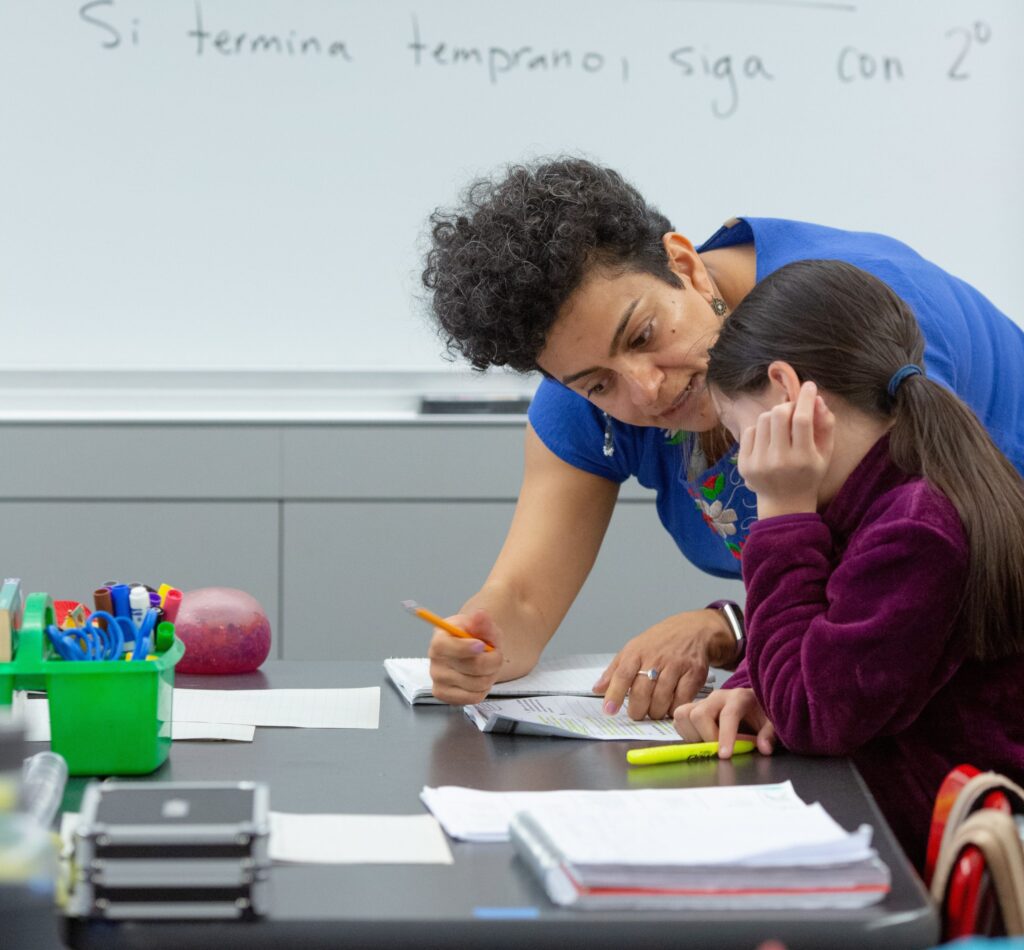To support America’s most underserved students, many of whom have experienced barriers to high-quality education long before this pandemic, district and school leaders will need to invest in targeted evidence-based interventions and opportunities to support and accelerate learning, both for high-achieving students who have not had the opportunity to engage in more rigorous curriculum and the many students who are experiencing unfinished learning.
In recognition of these growing inequities, the American Rescue Plan Act provides more than $125 billion for K-12 education and requires that states and school districts use at least 5% and 20% of the funding they receive, respectively, to implement evidence-based interventions to address unfinished instruction and the disproportionate impact of COVID-19 on the nation’s most underserved students. This is an opportunity for schools across the country to finally get it right for the students who face the most injustices and resource inequities.
While these new resources are certainly welcome, communities must be vigilant in ensuring that funding is not used to do more of the same or to implement strategies, activities, or interventions that are ineffective and unlikely to address the gaps exacerbated by COVID-19, particularly for underserved students, including Black, Latino and Native students; students from low-income backgrounds; students with disabilities; English learners; and students experiencing homelessness. Because these inequities did not begin a year ago, schools should prepare to accelerate student learning for many months, and possibly even years, to come. These strategies will also need to be regularly evaluated and adjusted to ensure students are equitably and effectively getting the supports they need to succeed.
This is why Ed Trust and MDRC released new briefs highlighting evidence-based strategies that schools and districts can use to ensure students are receiving the opportunities and supports they need to complete unfinished learning through targeted intensive tutoring and expanded learning time. In the coming months and years, school leaders must make critical decisions on how to implement these strategies equitably, where to invest resources, and how to balance tradeoffs between effectiveness, affordability, and feasibility. These briefs help them do just that. Acknowledging the importance of supporting social, emotional and academic well-being, the briefs also highlight research-based interventions to build and maintain strong relationships. Without strong relationships and connections between students and school staff, educators cannot help students catch up.
Here are key strategies that, when done well, and coupled with high-quality learning experiences during the school day, help students complete unfinished learning:

After months of stress, anxiety, and virtual instruction, building and/or maintaining trusting relationships with students and families must be at the center of strategies to solve unfinished learning. Despite some heroic efforts of many educators and staff across the country, the number of students who remain disconnected from school buildings is evidence of the lack of strong relationships between students and educators in school buildings. Moving forward, strong relationships and connections to schools and the caring educators who teach and work within buildings will be key to the successful implementation of any evidence-based academic intervention to address unfinished learning. To make meaningful and effective use of new federal resources, districts and schools must make intentional and important decisions about staffing, scheduling, student engagement, and wraparound supports in conjunction with academic supports.
 Targeted intensive tutoring refers to an individual tutor working with students frequently and regularly throughout the school year or during the summer. Research shows that trained, certified teachers or paraprofessionals, working with one or two students at a time, are the most effective in helping students to make learning gains. States, districts, and schools can use federal dollars to ensure students in need of additional supports, especially students least likely to have access to these supports, are paired with well-trained tutors who can work with students in small groups to fill any gaps in learning.
Targeted intensive tutoring refers to an individual tutor working with students frequently and regularly throughout the school year or during the summer. Research shows that trained, certified teachers or paraprofessionals, working with one or two students at a time, are the most effective in helping students to make learning gains. States, districts, and schools can use federal dollars to ensure students in need of additional supports, especially students least likely to have access to these supports, are paired with well-trained tutors who can work with students in small groups to fill any gaps in learning.

Extended learning time (ELT) encompasses programs or strategies implemented to increase the amount of instruction and learning that students experience. ELT strategies include after-school, summer, and in-school programs. ELT programs can only be effective when the regular school day is used well to deliver high-quality instruction and curricula. District and school leaders can effectively and equitably add more time to the school day by creating time for well-trained educators to deliver aligned and high-quality curricula to small groups, for an additional hour or so a day or during the school breaks.
In challenging times such as these, it will be even more important that investments are made to implement the most effective strategies that support the learning of our country’s most underserved students. With the right investments, schools can put all students on the path toward college and career success.






 Targeted intensive tutoring refers to an individual tutor working with students frequently and regularly throughout the school year or during the summer. Research shows that trained, certified teachers or paraprofessionals, working with one or two students at a time, are the most effective in helping students to make learning gains. States, districts, and schools can use federal dollars to ensure students in need of additional supports, especially students least likely to have access to these supports, are paired with well-trained tutors who can work with students in small groups to fill any gaps in learning.
Targeted intensive tutoring refers to an individual tutor working with students frequently and regularly throughout the school year or during the summer. Research shows that trained, certified teachers or paraprofessionals, working with one or two students at a time, are the most effective in helping students to make learning gains. States, districts, and schools can use federal dollars to ensure students in need of additional supports, especially students least likely to have access to these supports, are paired with well-trained tutors who can work with students in small groups to fill any gaps in learning.


